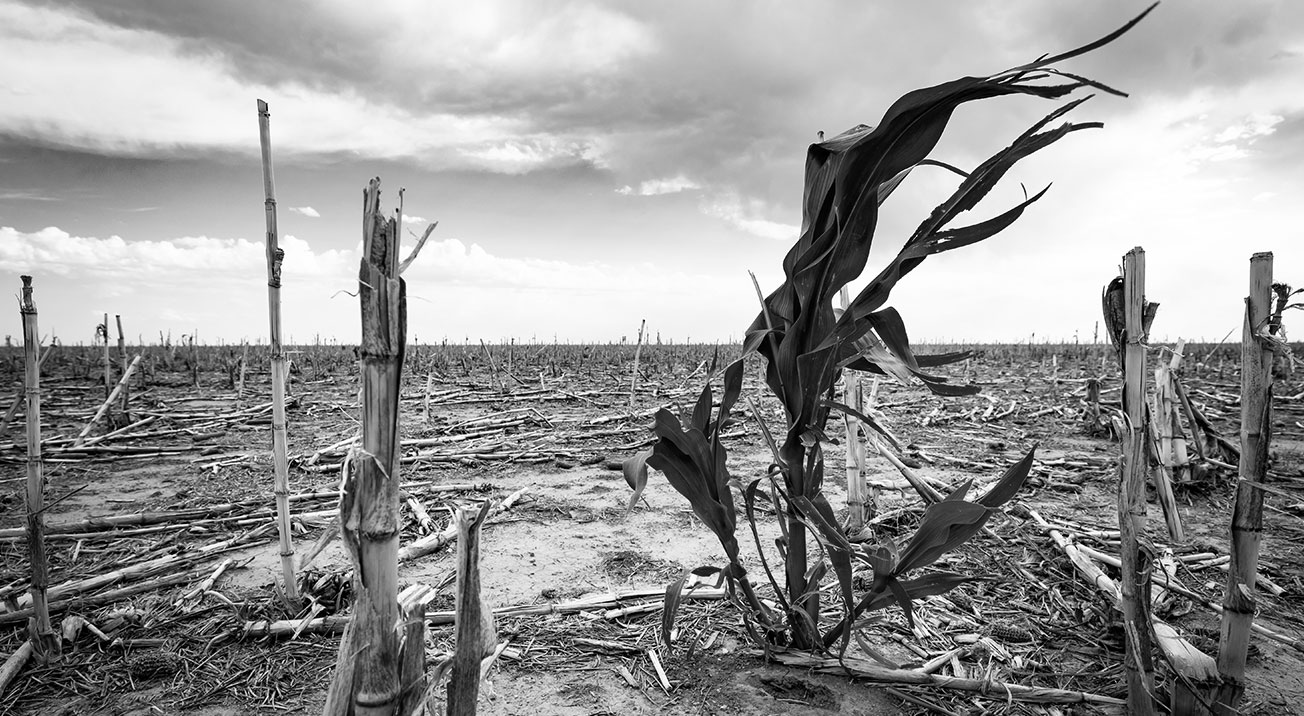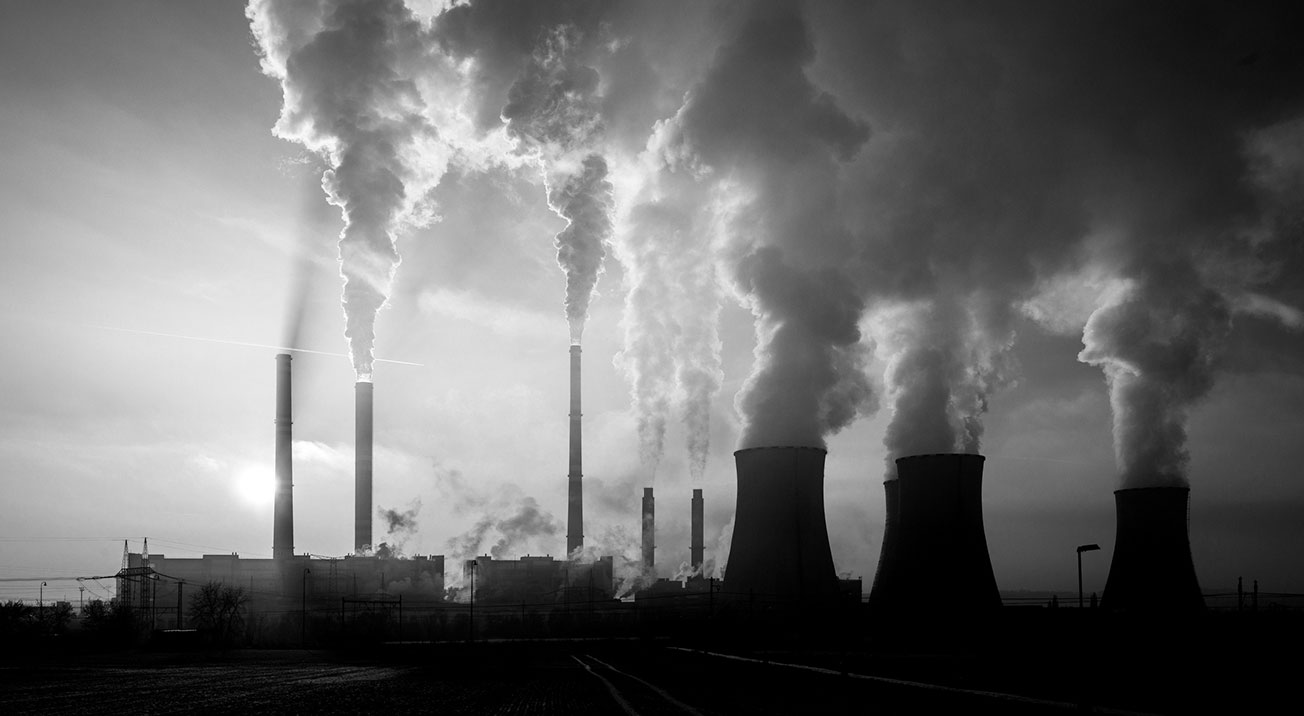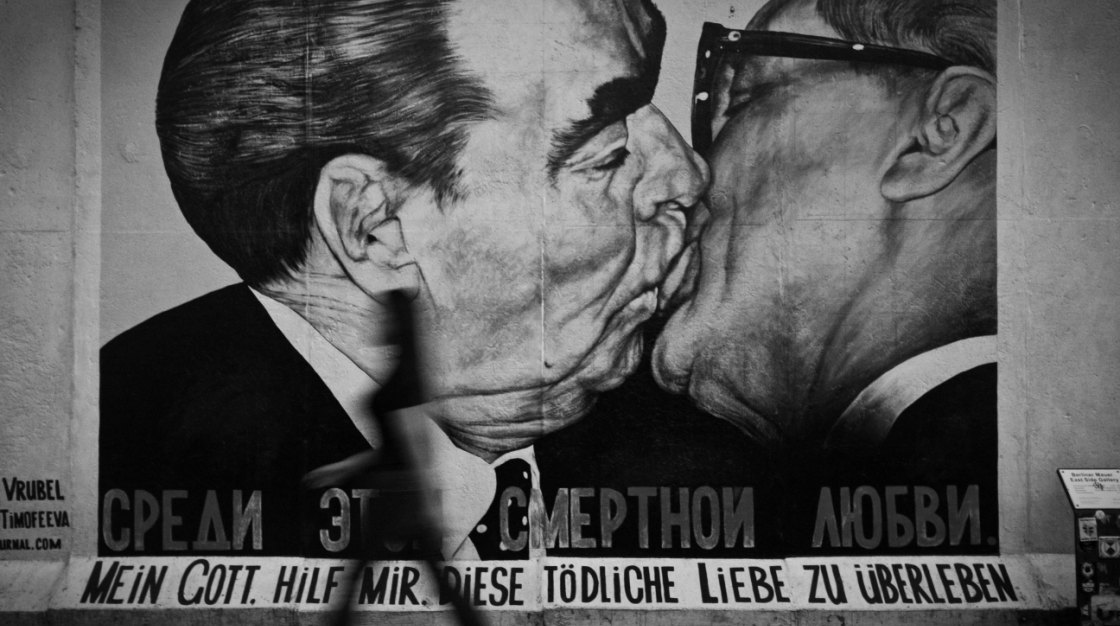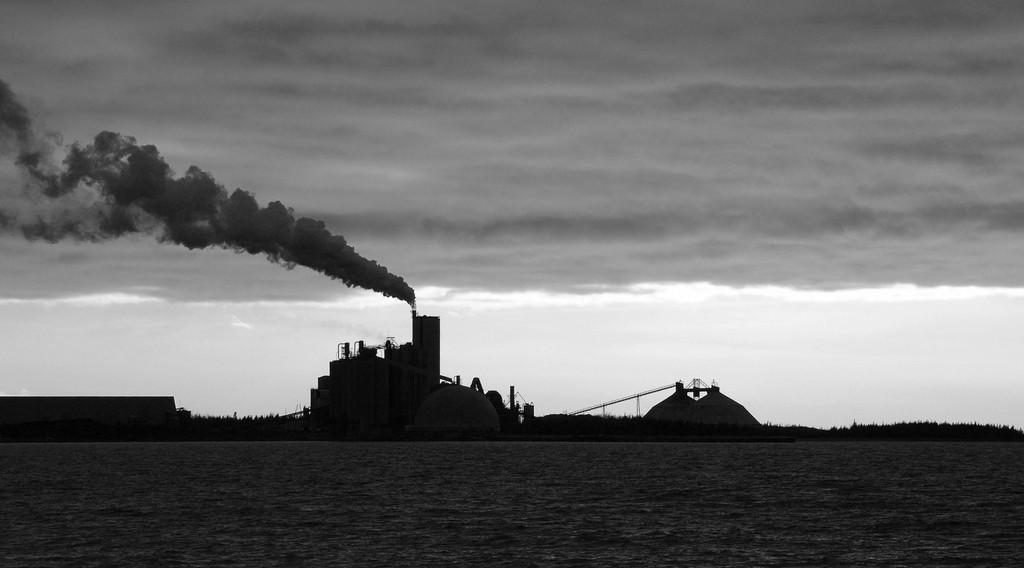Child marriage, defined as marriage before the age of 18, is a widespread phenomenon in many parts of the world. About half of all prime-aged women living today in South Asia and in Sub-Saharan Africa were married as children (UNICEF 2014). Child marriage has been associated with a wide array of poor economic, social, and […]
Environment
Achieving the right balance between economic growth and the environment is one of the most pressing issues of our time. Questions of interest include the following:
What are the links between economic growth, trade, and the environment?
What has been the impact of pollution on morbidity and mortality?
What are the costs and effectiveness of alternative policies for mitigating both the short-run (pollution) and longer-run (climate change) environmental problems?
How should policy makers evaluate uncertainty about climate change?
Latest articles
More Precise Regulation can Lower Pollution in India
Today’s large developing countries have perhaps the highest levels of air pollution recorded in human history. The World Health Organization (WHO) sets an air quality standard of 10 micrograms per cubic meter for fine particles, PM2.5. In the United States, air pollution is worse than the WHO standard in 73 counties, home to 36 million […]
Why is Pollution from U.S. Manufacturing Declining?
In the 1960s, there were worries that U.S. economic growth would lead to increasingly dangerous levels of pollution, and that by the year 2000, air pollution would make cities like Los Angeles and New York uninhabitable. Instead, U.S. air quality has improved dramatically since then. The U.S. Environmental Protection Agency estimates that the reduction in U.S. air pollution since 1990 prevented several hundred thousand premature deaths annually, so it is important to understand its causes. How do U.S. manufacturers produce more now, while polluting less?
The economics of density: evidence from the Berlin Wall
The Berlin Wall provides a unique natural experiment for identifying the key sources of urban development. This research, for which its authors have recently been awarded the prestigious Frisch Medal, shows how property prices and economic activity in the east side of West Berlin, close to the historic central business district in East Berlin, began to fall when the city was divided; then, during the 1990s, after reunification, the same area began to redevelop. Theory and empirical evidence confirm the positive relationship between urban density and productivity in a virtuous circle of ‘cumulative causation’. The analysis has practical applications for urban planners making decisions on housing and transport infrastructure.
Can market based regulation reduce greenhouse gas emissions? Evidence from the United States
Market-based mechanisms such as ‘cap-and-trade’ have become increasingly popular policy tools for reducing harmful emissions. But designing these schemes so that emissions are curbed efficiently requires understanding key elements of an industry’s structure, notably the degree of market power and the extent to which unregulated foreign producers compete with domestic firms. This research investigates these issues in the US cement industry, an emissions-intensive sector exposed to foreign competition. The findings suggest that the optimal regulatory policy in such industries may be to rebate compliance costs partially on the basis of output or to impose border tax adjustments.
Climate change: the potential impact on global agricultural markets
Many fear that climate change will have severe effects on the global economy, particularly through the threat to food production and farmers’ earnings. This research suggests that much of the potential harm could be avoided if farmers can switch their crops in response to changing relative yields.











